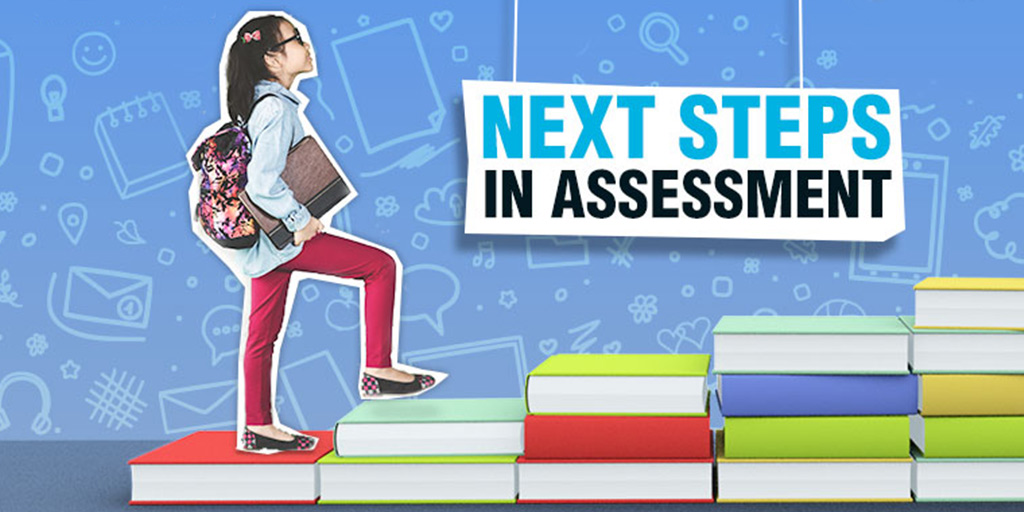"It is critical to conduct learning assessments to evaluate their effectiveness, improve their implementation and to pave the way for hybrid approaches (that combine in-person and remote learning) as schools reopen." i
Evidence from Unicef suggests that missing school time is linked with damaging reductions in the critical foundation skills of numeracy and literacy.
Given the mass closures of schools around the world – 89% of students impacted globally over the last year - the skills that are needed to access the whole curriculum and develop competencies required for later successful outcomes have just not been practiced, and we will have to prioritise these when children re-enter the classroom.
Challenges
As schools re-open and adapt to blended learning approaches that combine both in-school and remote learning, it might be much harder to assess students in the ways we would normally, especially give the possibility of further localised school closures or the need to continue hybrid methods.
Therefore, it is important to put in place a range of strategies for identifying children’s learning levels and to design remediation, compensation, and plan interventions and accelerated programmes accordingly.
Assessment as a central pillar
We are all still learning much about the impact on schooling, the importance of teacher/student relationships, how to engage students in online learning and the impact of disengagement.
Assessment is a central pillar that supports teaching and learning. In these uncertain circumstances, we can rely on assessment to guide the next steps to support teachers help students come back stronger.
Using a range of assessment approaches to prioritise identifying learning levels not only helps teachers address individuals’ gaps, but also gets children from where they are to where they need to be and supports longer-term improvements, aspirations and achievement as well.
- Prioritise formative assessment and keep the stakes low.
High stakes assessment at this moment in time is not going to benefit teachers or learners; the focus needs to be on assessments that help to tailor instruction, keep the students engaged and understand what the students are struggling with and how to get them back on track.
- Measure progress from a baseline assessment
Progress should be measured in terms of student improvement from a baseline rather than against a curriculum standard. Using a baseline assessment helps teachers to understand core competencies by measuring what we know to be educationally important and for achieving success in the wider curriculum.
- Standardised assessments should be complemented with personalised teacher assessment.
Use standardised assessment data to get an objective view of where each student is in their learning relative to the broader population and relative to previous experiences.
Standardised assessments can help you to gauge the amount students’ learning has stabilised or plateaued, helping teachers adjust expectations and adapt teaching to meet individual needs.
Find out how baseline assessments are supporting schools.
i Alban Conto, C., Akseer, S., Dreesen, T., Kamei, A., Mizunoya, S. and Rigole, A. (2020). COVID-19: Effects of School Closures on Foundational Skills and Promising Practices for Monitoring and Mitigating Learning Loss, Innocenti Working Paper 2020-13, UNICEF Office of Research – Innocenti, Florence.


